Amazing Bushes That Will Transform Your Landscape
Amazing Bushes That Will Transform Your Landscape
Bushes are a versatile addition to any landscape. They can provide year-round interest with their colorful foliage, flowers, or berries. They can also be used to create privacy screens, define borders, or add height and interest to your yard.
If you're looking for some amazing bushes to transform your landscape, here are a few of our favorites:
- Boxwood: Boxwoods are evergreen shrubs that come in a variety of sizes and shapes. They're perfect for formal hedges, topiary, or foundation plantings. Boxwoods are low-maintenance and can tolerate both sun and shade.
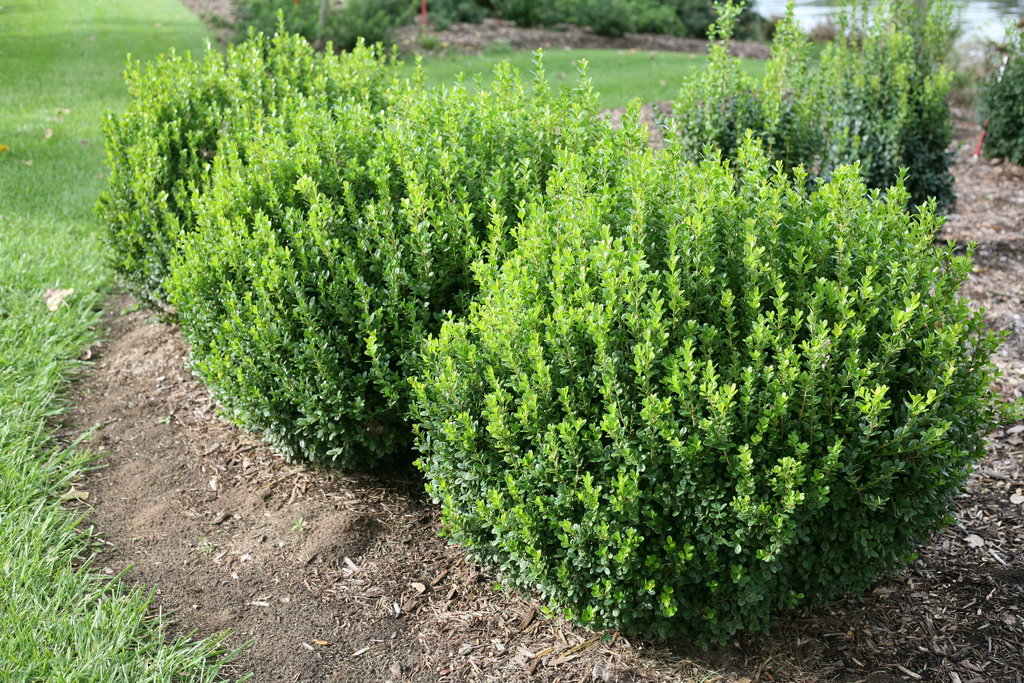
- Hydrangea: Hydrangeas are flowering shrubs that come in a wide range of colors, from white to blue to pink. They're a popular choice for borders, foundation plantings, and mass plantings. Hydrangeas need full sun to partial shade and well-drained soil.
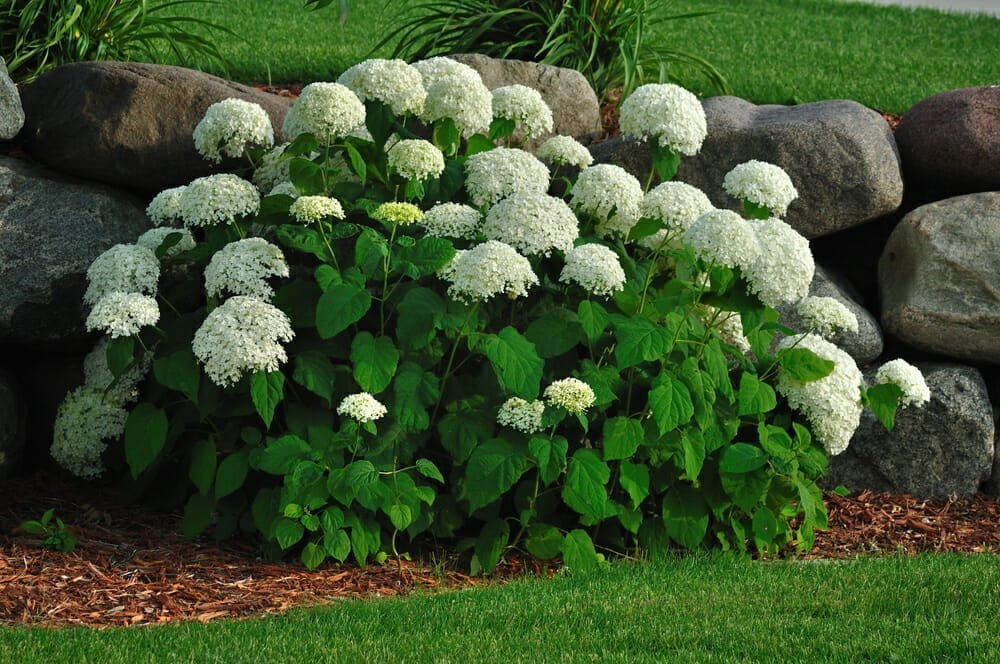
- Azalea: Azaleas are flowering shrubs that are native to North America. They come in a variety of colors, including pink, purple, red, and white. Azaleas prefer partial shade and acidic soil.

- Japanese maple: Japanese maples are deciduous shrubs or trees that are known for their beautiful foliage. The leaves can be red, orange, yellow, or green, depending on the variety. Japanese maples prefer partial shade and moist soil.
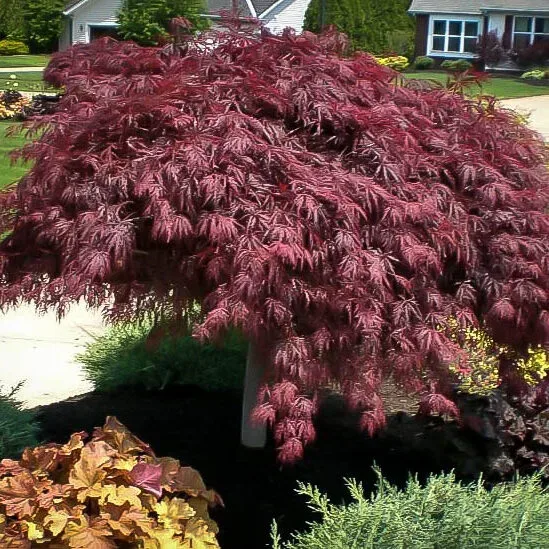
- Juniper: Junipers are evergreen shrubs or trees that come in a variety of sizes and shapes. They're a popular choice for foundation plantings, borders, and windbreaks. Junipers can tolerate a wide range of conditions, including sun, shade, and drought.
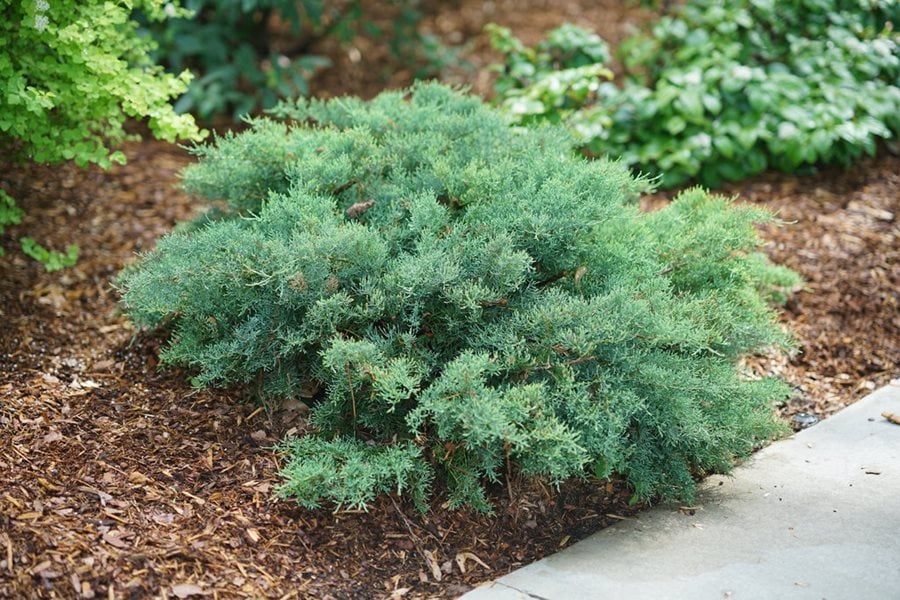
- Dogwood: Dogwoods are deciduous shrubs or trees that are known for their beautiful flowers and berries. The flowers can be white, pink, or red. Dogwoods prefer full sun to partial shade and moist soil.

- Elderberry: Elderberries are deciduous shrubs that produce edible berries. They're a popular choice for hedges, borders, and mass plantings. Elderberries prefer full sun and moist soil.
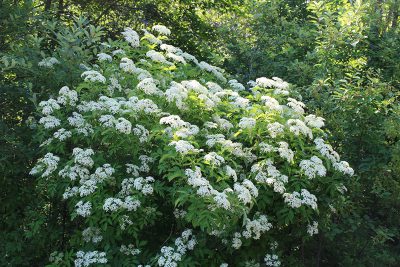
- Dwarf lilac: Dwarf lilacs are deciduous shrubs that produce fragrant flowers. They're a popular choice for foundation plantings, borders, and rock gardens. Dwarf lilacs prefer full sun and well-drained soil.
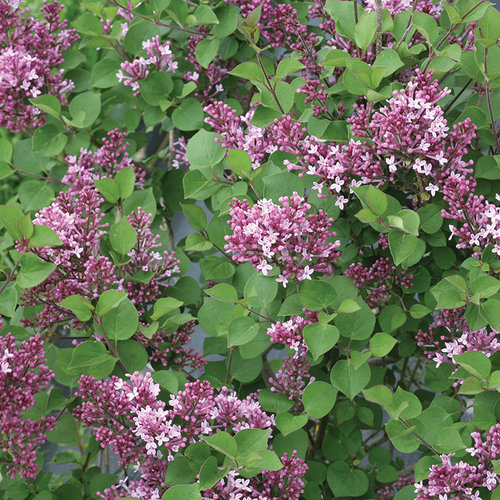
These are just a few of the amazing bushes that can transform your landscape. When choosing bushes for your yard, it's important to consider the amount of sun and shade your yard gets, as well as the size and shape of the shrubs. You should also make sure to choose shrubs that are hardy in your climate zone.
With a little planning, you can add beautiful and low-maintenance bushes to your landscape that will provide year-round interest and beauty.
Bushes are a diverse group of plants that can be found in a wide variety of habitats. They come in all shapes and sizes, from the tiny groundcover to the towering trees. Some bushes are native to specific regions, while others are found all over the world.
If you're interested in learning more about bushes, I suggest you visit Garden Wiki. This website is a comprehensive resource for all things bushy. You'll find information on bush identification, bush care, and bush gardening. You can also find recipes for bush-inspired dishes, bush-themed crafts, and bush-related trivia.
FAQ of bushes
- What are bushes?
Bushes are woody plants that typically grow to a height of 3 to 6 feet. They have multiple stems that branch out from the ground, and they can be either evergreen or deciduous. Bushes are often used in landscaping to add interest and beauty to gardens, borders, and patios. They can also be used to provide privacy, shade, or windbreaks.
- What are the benefits of growing bushes?
There are many benefits to growing bushes in your garden. Some of the most common benefits include:
- Privacy: Bushes can be used to create privacy in your garden, blocking out unwanted views from neighbors or passersby.
- Shade: Bushes can provide shade in hot weather, making your garden a more comfortable place to relax and enjoy the outdoors.
- Windbreak: Bushes can act as a windbreak, protecting your garden from strong winds.
- Drought tolerance: Many bushes are drought tolerant, making them a good choice for gardens in dry climates.
- Attract wildlife: Some bushes attract birds, butterflies, and other beneficial wildlife to your garden.
- How do I choose the right bushes for my garden?
When choosing bushes for your garden, there are a few factors you need to consider, such as:
- The size of your garden: If you have a small garden, you'll want to choose smaller bushes that won't take up too much space.
- The climate in your area: Make sure to choose bushes that are hardy in your climate.
- The amount of sunlight your garden gets: Some bushes need full sun, while others prefer partial shade.
- The purpose of the bushes: Are you using them for privacy, shade, or something else?
- Your personal preferences: Consider the colors, shapes, and textures of the bushes when making your selection.
- How do I care for bushes?
The specific care requirements for bushes will vary depending on the type of bush. However, some general care tips include:
- Watering: Bushes need regular watering, especially during hot, dry weather.
- Fertilizing: Bushes should be fertilized once or twice a year with a balanced fertilizer.
- Pruning: Bushes should be pruned regularly to maintain their shape and size.
- Protecting from pests and diseases: Bushes can be susceptible to pests and diseases. Be sure to inspect your bushes regularly and treat any problems as soon as possible.
- How do I propagate bushes?
Bushes can be propagated by a variety of methods, including:
- Seeding: This is the most common method of propagating bushes. Sow the seeds in the spring or fall.
- Cuttings: This method is used to propagate bushes from existing plants. Take cuttings in the spring or summer.
- Air layering: This method is used to propagate bushes from existing plants without harming the mother plant.
- Division: This method is used to propagate bushes from existing plants by dividing the roots.
Image of bushes
- Hydrangea bush is a popular flowering shrub that can grow up to 6 feet tall. It blooms in a variety of colors, including white, pink, blue, and purple.
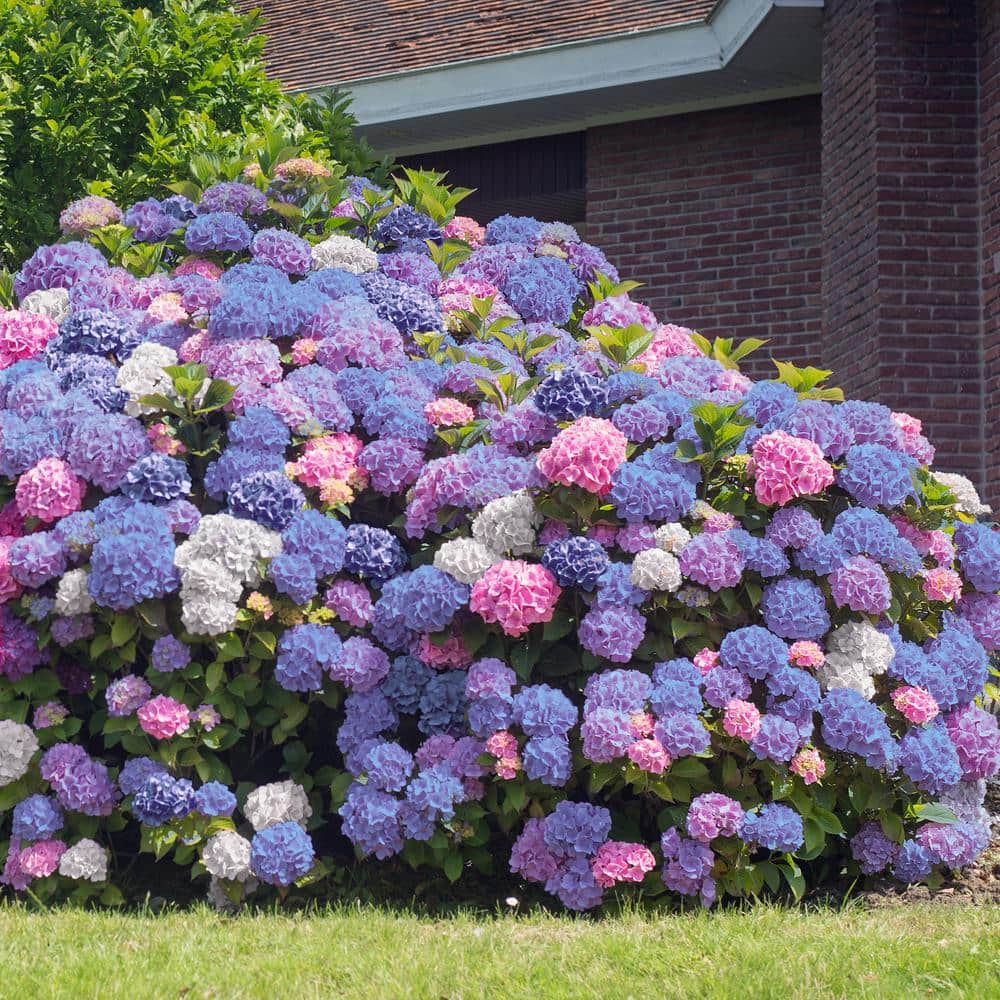
- Boxwood bush is a dense, evergreen shrub that is often used for hedges. It can grow up to 10 feet tall and wide.

- Rose bush is a flowering shrub that is known for its fragrant blooms. There are many different varieties of rose bushes, which can grow up to 6 feet tall.

- Lilac bush is a flowering shrub that blooms in spring with fragrant, purple flowers. It can grow up to 15 feet tall.
- Cherry blossom bush is a flowering shrub that blooms in spring with delicate, pink flowers. It can grow up to 20 feet tall.

Post a Comment for " Amazing Bushes That Will Transform Your Landscape"